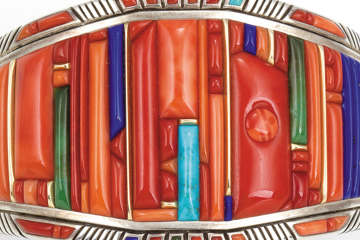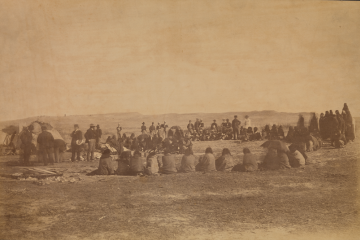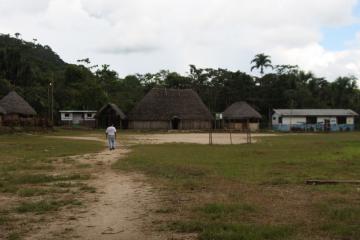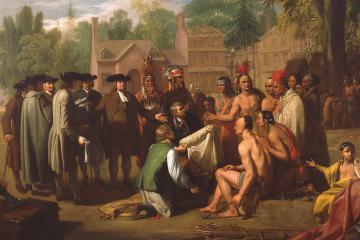Issues Background
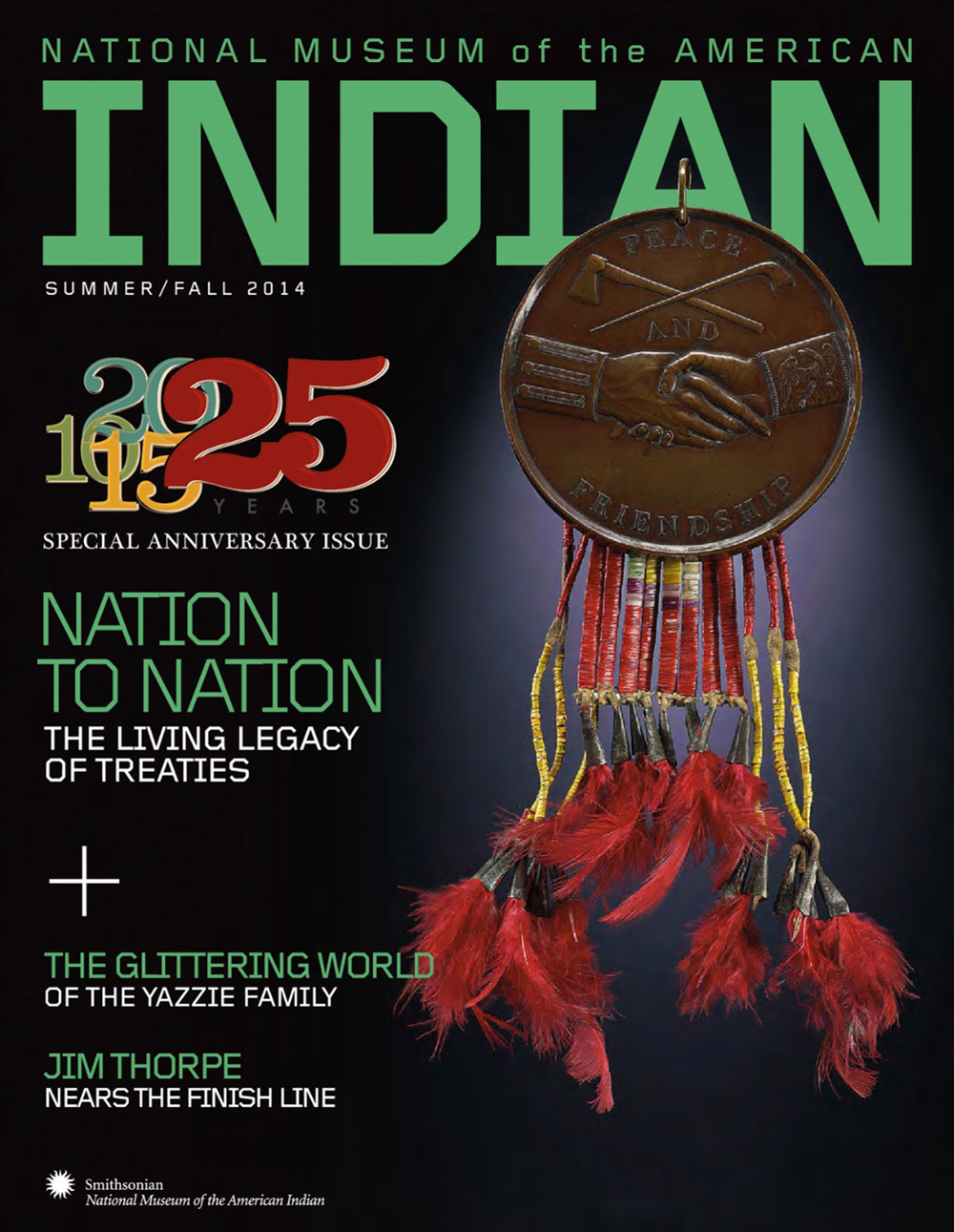
On the Cover
The U. S. government often marked peace negotiations by presenting “peace medals” to tribal leaders. This fine example will be on display in the new exhibit Nation to Nation: Treaties Between the United States and American Indian Nations, from Sept. 21, 2014 to Fall 2018, Fourth Level, National Museum of the American Indian, on the National Mall, Washington, D.C.
Thomas Jefferson peace medal, 1801, owned by Powder Face (Northern Inunaina/Arapaho) Oklahoma. Bronze copper alloy, hide, porcupine quills, feathers, dye, metal cones. NMAI 24/1965.

